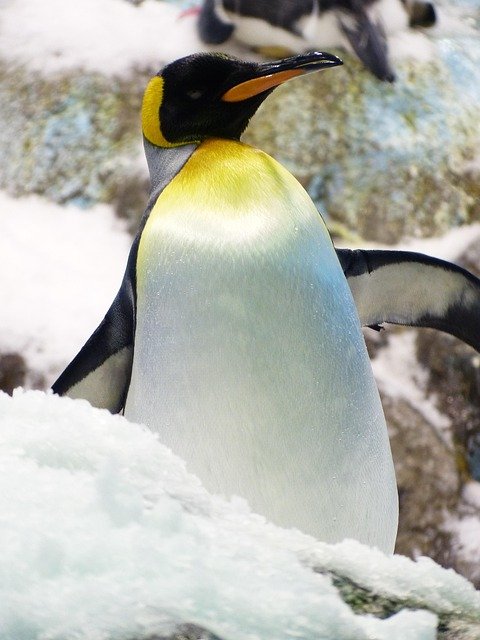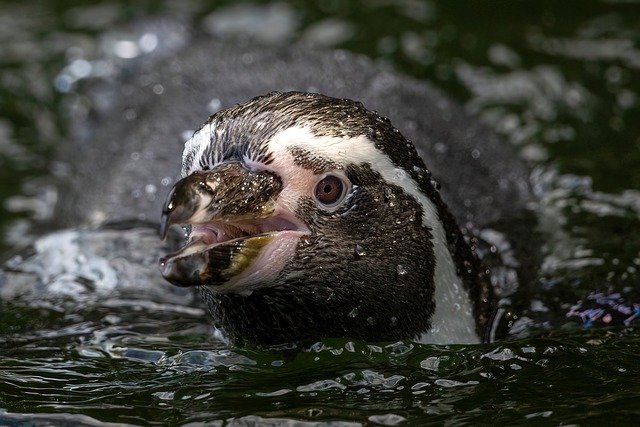**Title: "The Remarkable Adaptations of Penguins: How These Flightless Birds Thrive in Har

The Remarkable Adaptations of Penguins: How These Flightless Birds Thrive in Harsh Environments
Penguins are one of nature's most fascinating creatures, known for their unique adaptations that allow them to thrive in some of the harshest environments on Earth. These flightless birds have evolved a range of characteristics that not only help them survive but also excel in their aquatic habitats. In this post, we will explore the remarkable adaptations of penguins that enable them to navigate their cold, icy worlds.
1. Streamlined Bodies
One of the most notable adaptations of penguins is their streamlined bodies. Unlike flying birds, penguins have evolved a shape that minimizes water resistance, allowing them to swim efficiently. Their torpedo-like form helps them dive deep and move swiftly through the water in search of food.
2. Insulating Feathers
Penguins are equipped with a layer of tightly packed feathers that provide excellent insulation against the cold. These feathers are waterproof, thanks to a special oil produced by a gland near their tails. This oil coats their feathers, preventing water from soaking in and maintaining their body heat even in freezing temperatures.
3. Unique Social Behaviors
Living in colonies can be crucial for survival in harsh climates. Penguins exhibit fascinating social behaviors, such as huddling together to conserve warmth during extreme weather conditions. This communal behavior not only helps them stay warm but also allows for cooperative parenting and protection against predators.
4. Specialized Feet and Flippers
Penguins have adapted their limbs for life in the water. Their flippers are strong and rigid, allowing them to "fly" through the water with remarkable agility. Meanwhile, their webbed feet help them steer and navigate while swimming. On land, their feet provide stability on slippery surfaces, making it easier to walk on ice and snow.
5. Diving Abilities
Penguins are exceptional divers, with some species capable of reaching depths of over 500 meters (1,640 feet) and holding their breath for up to 20 minutes. Their bodies are adapted to withstand the pressure of deep water, and their ability to slow their heart rate while diving allows them to conserve oxygen.
6. Efficient Feeding Strategies
Penguins primarily feed on fish, krill, and other marine organisms. They have excellent eyesight, both above and below water, which aids in hunting. Some species, like the Emperor Penguin, can dive deep to catch prey, while others may forage closer to the surface. Their hunting techniques are finely tuned to the availability of food in their specific habitats.
7. Parental Care
Penguin parents share the responsibility of caring for their young, which is vital for the survival of their chicks. In many species, one parent will incubate the egg while the other forages for food. This cooperative breeding strategy ensures that the chicks receive the care and nourishment they need to survive in their harsh environments.
Conclusion
Penguins are a testament to the power of adaptation in the animal kingdom. Their unique physical characteristics, social behaviors, and feeding strategies have enabled them to thrive in some of the planet's most extreme conditions. As we continue to study and learn from these remarkable birds, we gain a deeper appreciation for the resilience of life in the face of adversity. Whether waddling on ice or swimming gracefully through the ocean, penguins remind us of the incredible diversity and adaptability of nature.
Feel free to share your thoughts on penguin adaptations or any experiences you've had observing these incredible birds!
